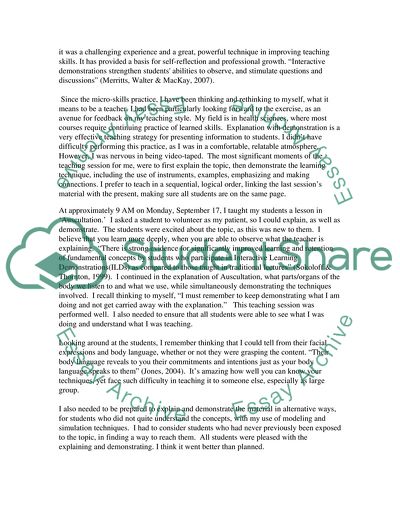Cite this document
(Skills of Explaining and Demonstration Book Report/Review, n.d.)
Skills of Explaining and Demonstration Book Report/Review. https://studentshare.org/education/1710148-reflection
Skills of Explaining and Demonstration Book Report/Review. https://studentshare.org/education/1710148-reflection
(Skills of Explaining and Demonstration Book Report/Review)
Skills of Explaining and Demonstration Book Report/Review. https://studentshare.org/education/1710148-reflection.
Skills of Explaining and Demonstration Book Report/Review. https://studentshare.org/education/1710148-reflection.
“Skills of Explaining and Demonstration Book Report/Review”. https://studentshare.org/education/1710148-reflection.


